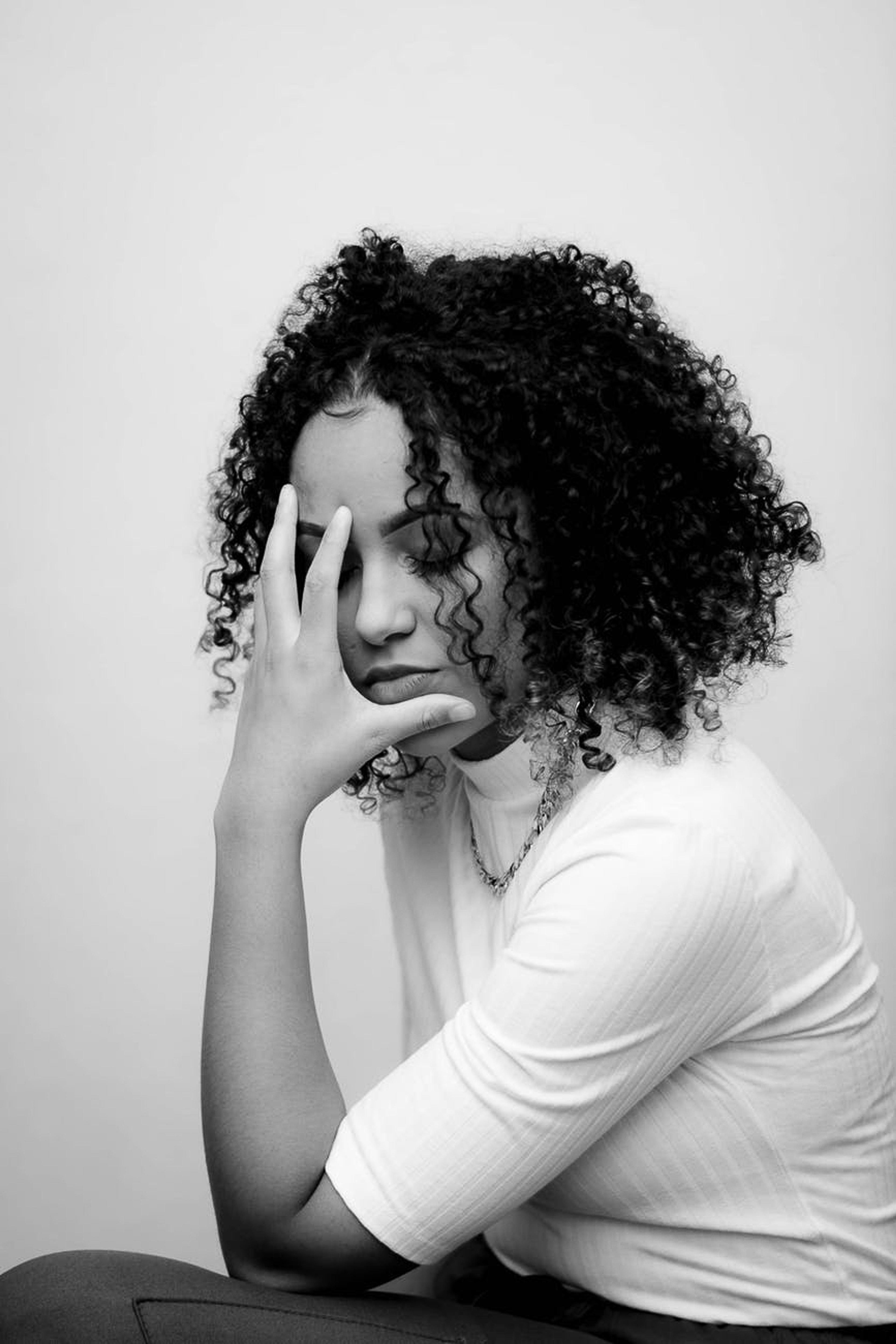Not just for reducing crow's feet, frown lines and forehead lines, Botox for migraine is actually a seriously popular treatment for those suffering with intense head pain. Here's why...
Botox for Migraine: Reducing Headaches
Botox for migraines?
While Botox (or, rather, botulinum toxin) is often the go-to treatment for reducing forehead wrinkles, it is far from a one-trick pony, and for many years, it has been used to help with a wide range of issues, more recently including migraines and headaches.
So, how did this discovery come about? Well, like many things, it was purely accidental. Certain people undergoing Botox for forehead lines, suddenly started to notice that their migraines were occurring less often and, after further research, it became apparent that this was down to the botulinum toxin.
What is a migraine?
Many people use the terms migraine and headache interchangeably, but for anyone who suffers from migraines, this can be extremely frustrating. Migraines are very severe headaches that occur on one side of the head, and often include throbbing pain, visual disturbance, sensitivity to light and smell, and vomiting. Paracetamol and other over the counter pain relief medicines are often not enough to get rid of migraines, and sufferers generally need prescribed medication.
The cause of migraines is unclear, but for many people, triggers can include stress and certain foods and drinks.
How does Botox for migraines work, and how long does it last?
A small dosage of Botox (or other brand of botulinum toxin) is administered via 31-39 injections into and around the forehead. It works by paralysing the nerve terminals, which transmit pain and produce pain substances, reducing the nerve’s ability to transmit pain before or during a migraine.
One Botox session generally works for approximately 10-12 weeks, at which point, you’ll be ready to book your next appointment. Treatment is generally repeated every three months until migraines are significantly reduced or more bearable, the aim being to provide a better quality of life.
Who would benefit from Botox for migraines?
Botox injections are only recommended for people who suffer with chronic migraines for 15 days or more per month. If you suffer with them for less days than this, Botox will not help.
Studies have shown that while a quarter of people notice a positive difference after 1-2 sessions, a quarter of people do not respond at all.
Who can treat migraines with Botox injections?
There are many clinics out there offering Botox injections for migraines, but for the best possible results and to ensure you are in the best care, going to a specialised, medically qualified practitioner is the recommended option.
What are the side effects of Botox for migraines?
The most common side effects of Botox for migraines are headaches and neck pain, though this is generally short lived. However, in some cases, the treatment can exacerbate migraines. So you'll want to speak to an expert to weigh up the pros and cons and decide whether it's right for you.
Rare side effects include allergic reactions, with symptoms such as hives and difficulty breathing. And very rare side effects include paralysis on one side or eye drooping - AKA ptosis. It’s always a good idea to speak to your practitioner in advance to get the full lowdown on potential side effects, and it goes without saying that if you experience any of these, you should contact your doctor straight away.
Interested in finding out more about Botox? Check out our anti-wrinkle treatment guide.
Search on Glowday for a Botox practitioner today! We have hundreds of medically qualified experts to choose from.
Botox is a registered trademark

